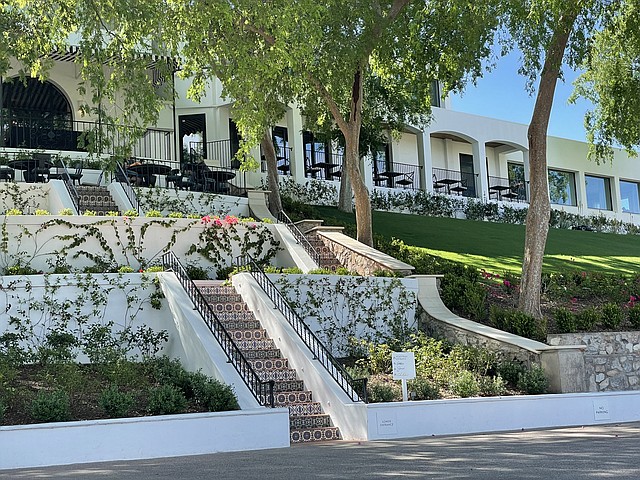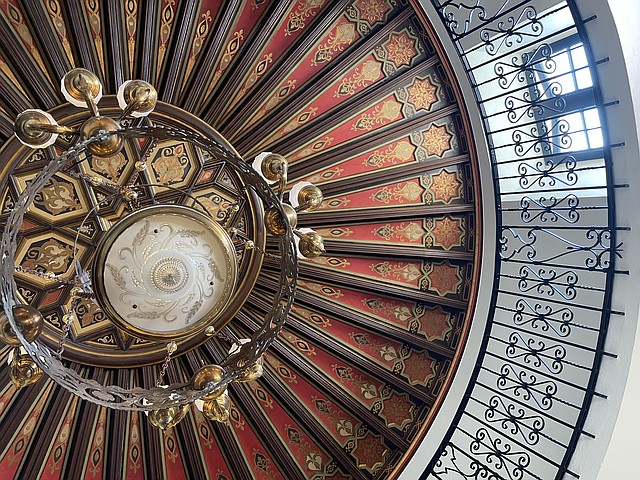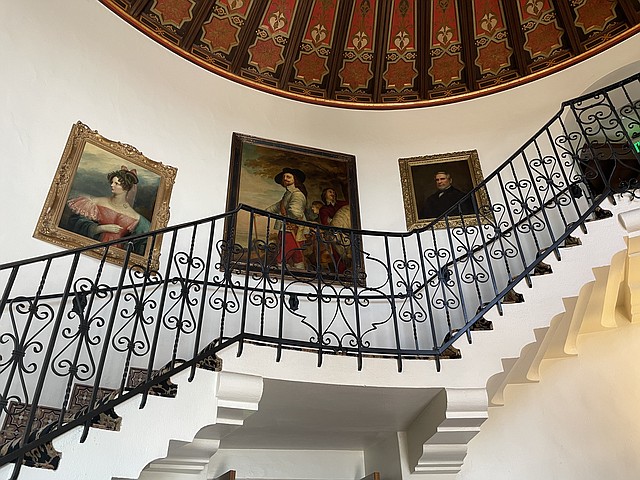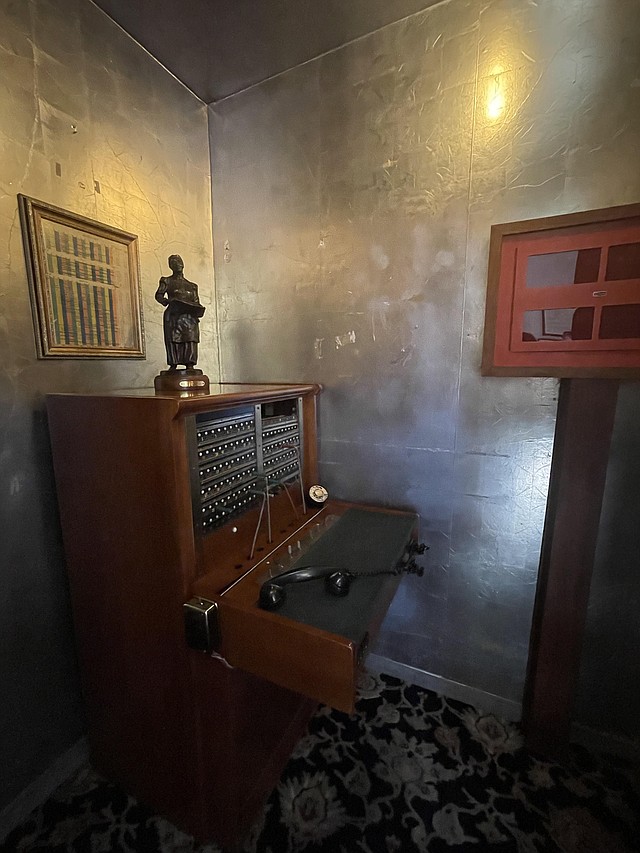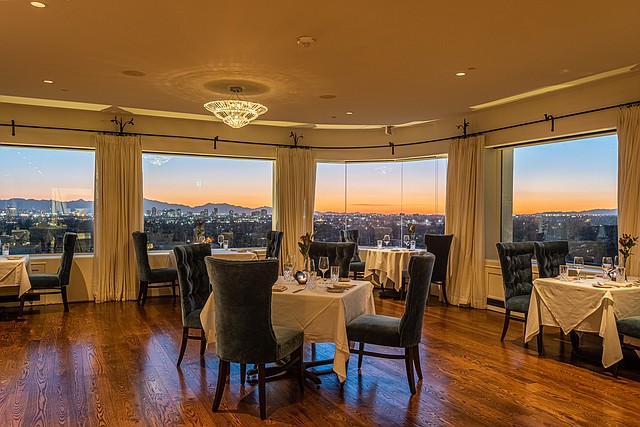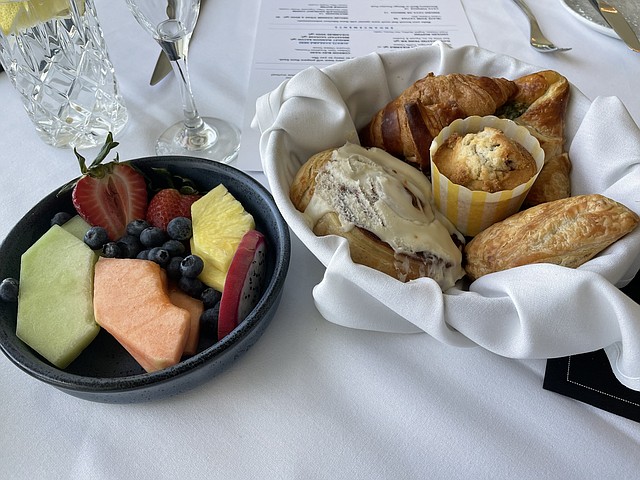Tour historic Wrigley Mansion, then dine in style
Travels with Deb
July 18, 2022 at 6:00 a.m.
...by DEBBIE STONE
Other original items include some of the books displayed in the shelves in the Library; most notable being a number by Mark Twain from the late 1800s. And in the Living Room is a Steinway Due Art Player Piano, which was custom made for Wrigley in 1929 to the tune of $10,000 by the Aeolian and Steinway companies. Interestingly, when William approached the companies about making this unique instrument, they both turned him down. In response, William sent them a blank check, which obviously changed their minds. The piano is one of only two in the world; the other is owned by the Smithsonian.

